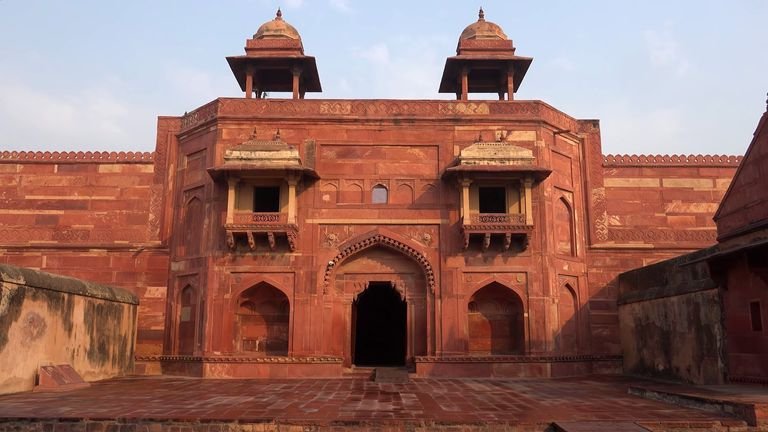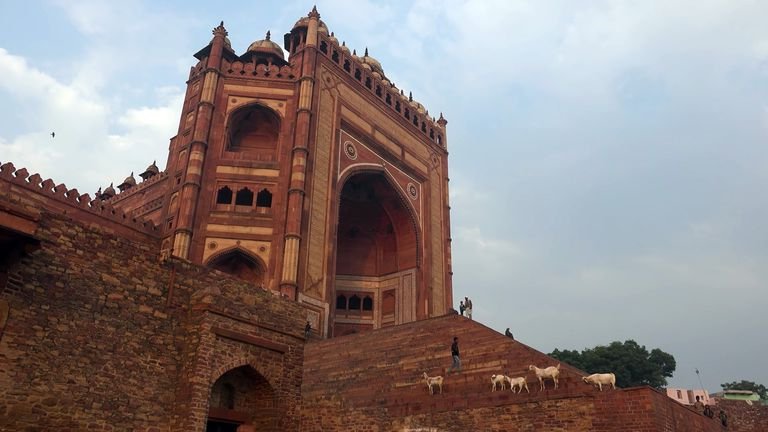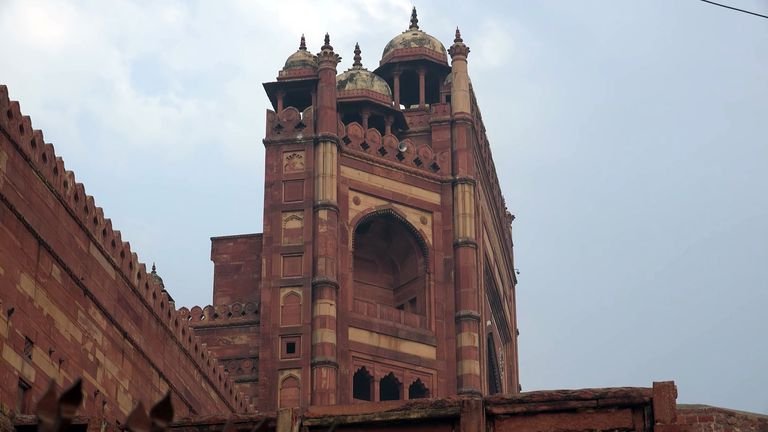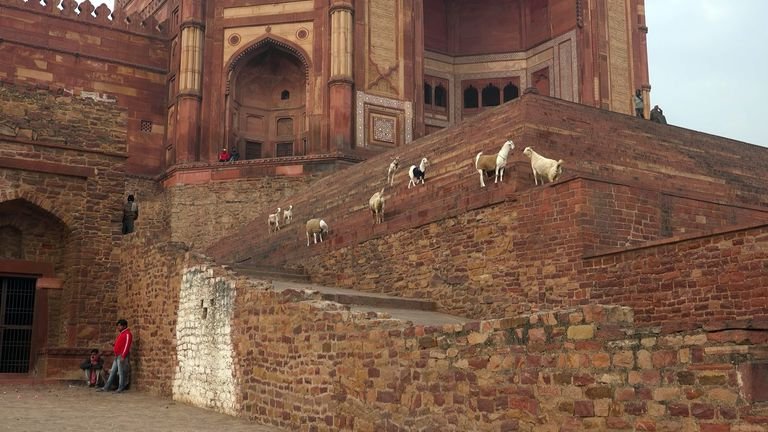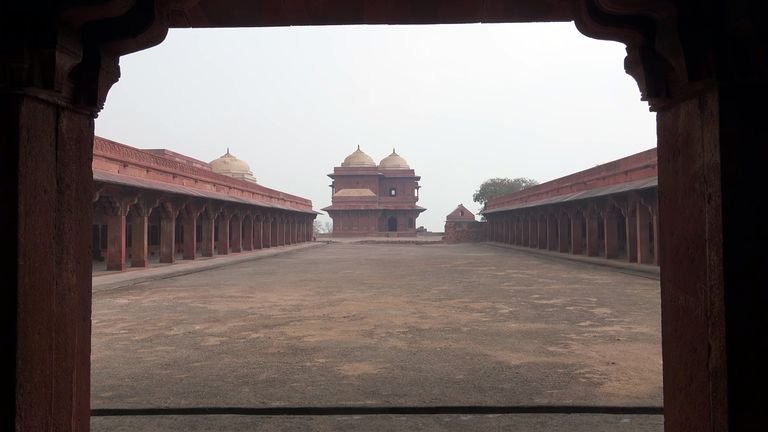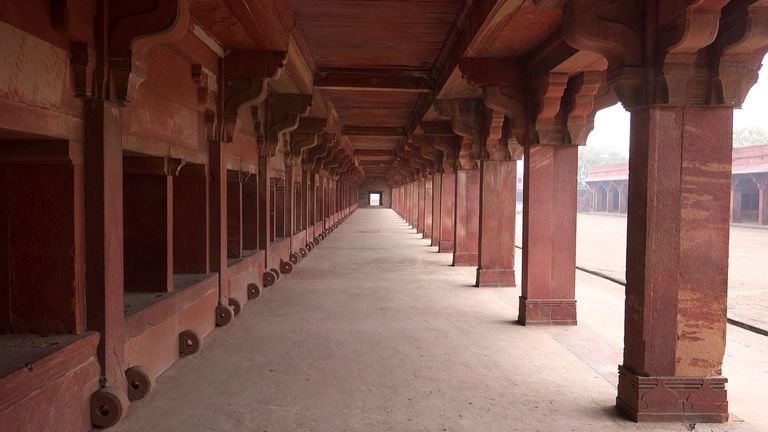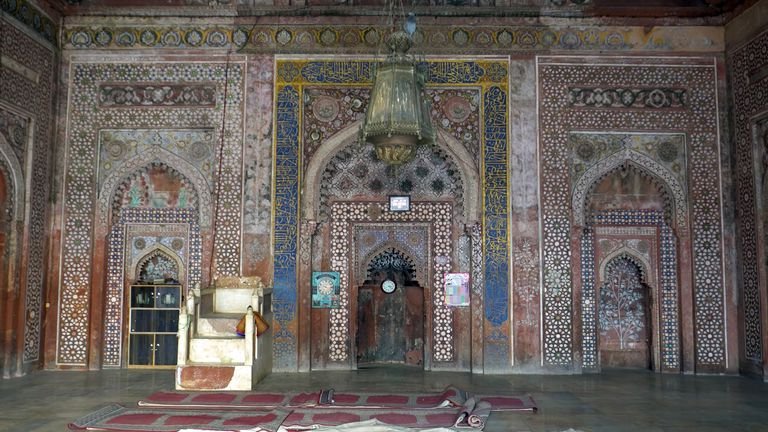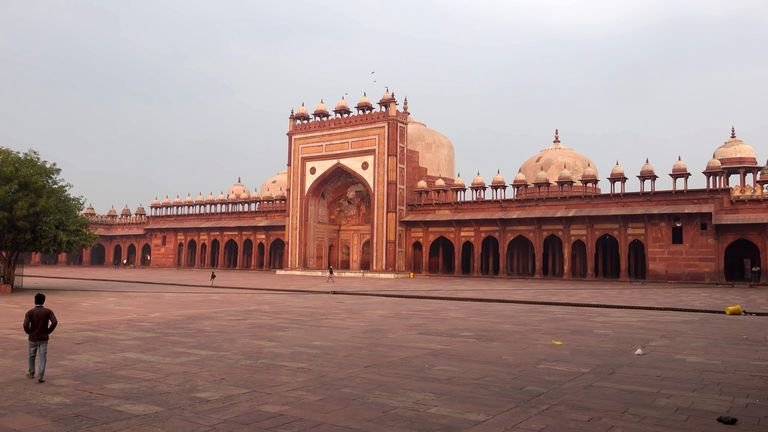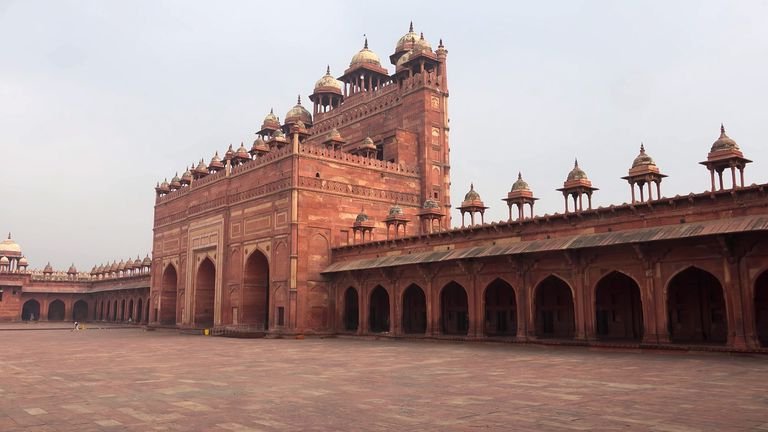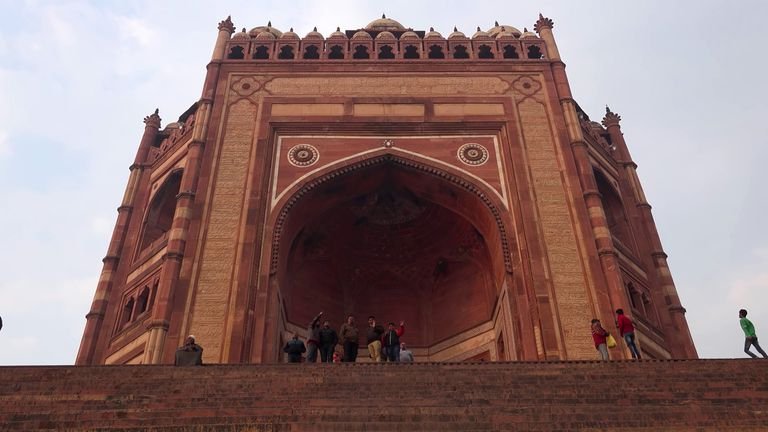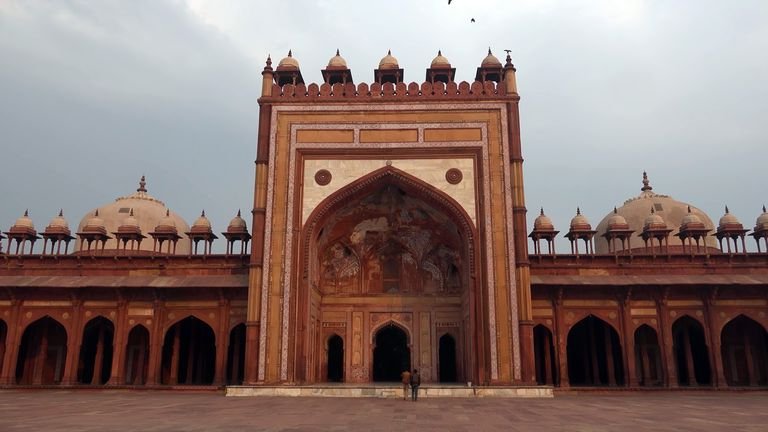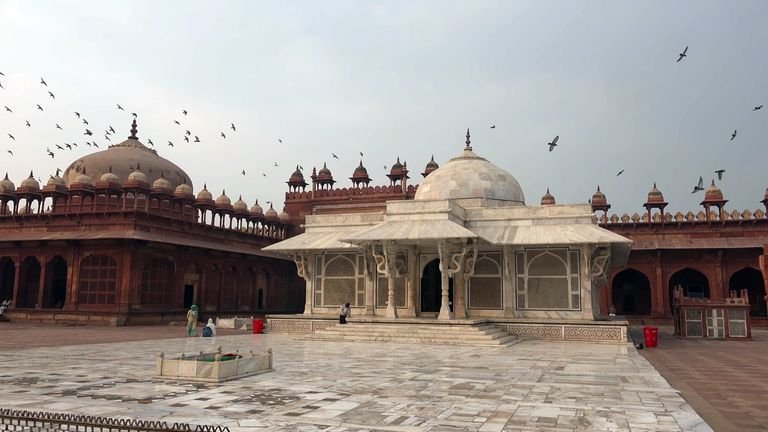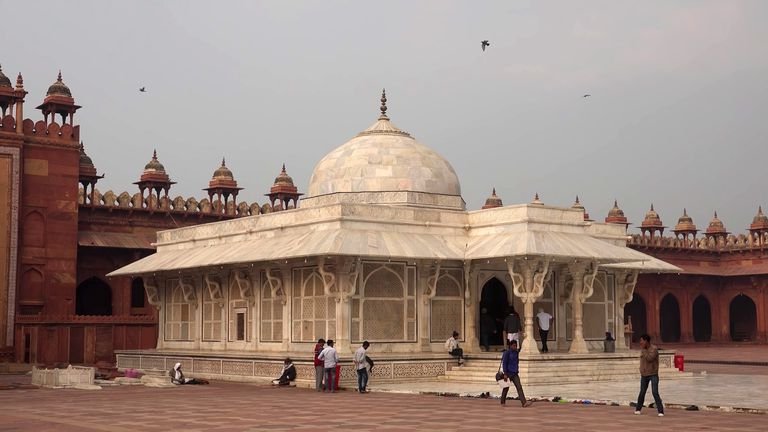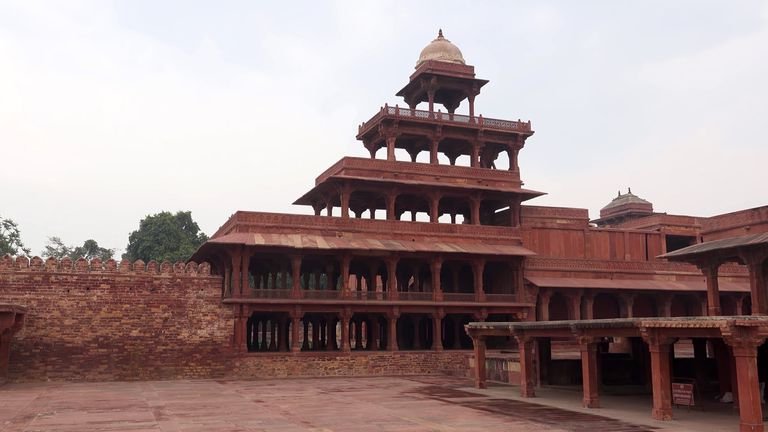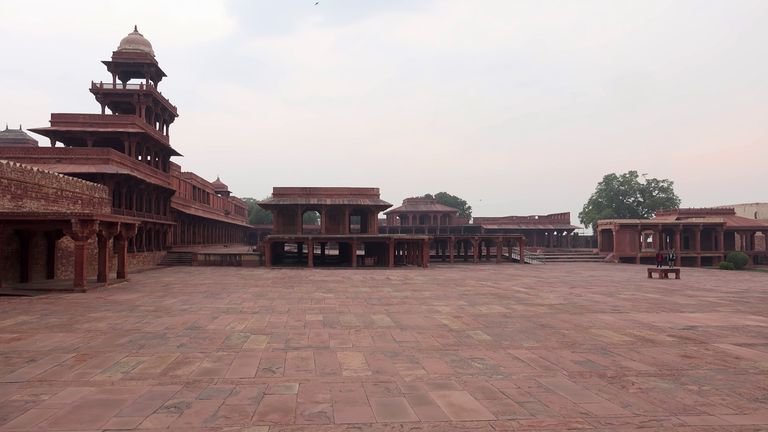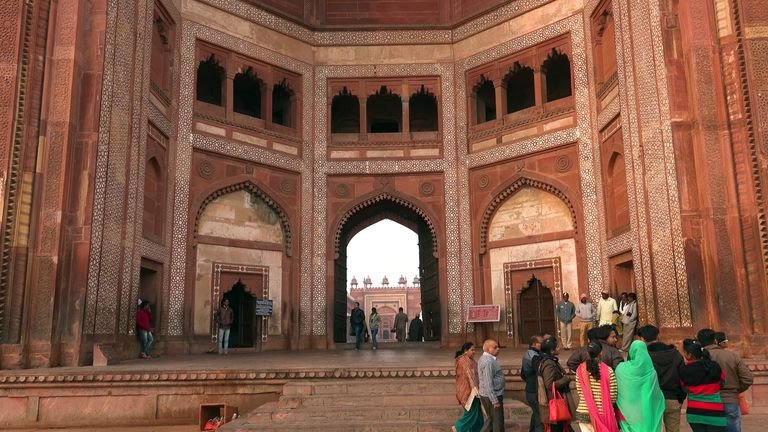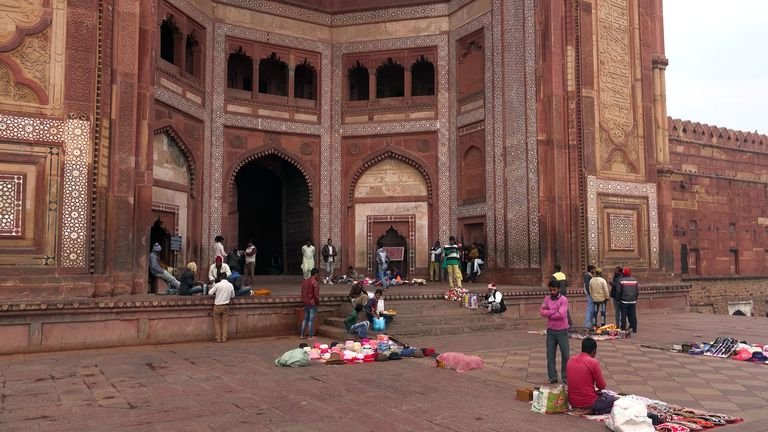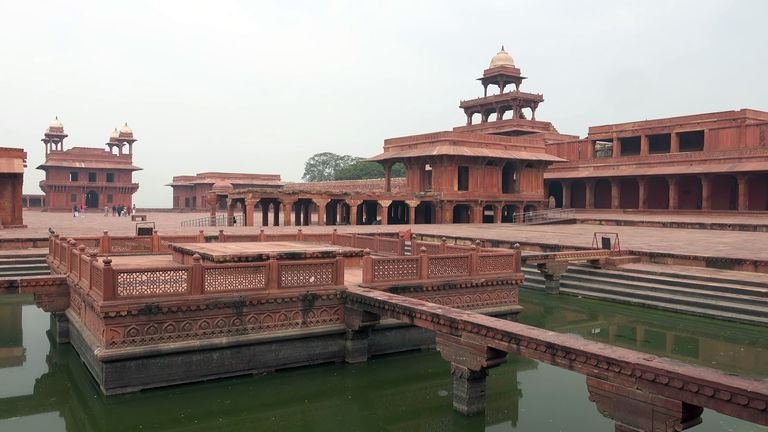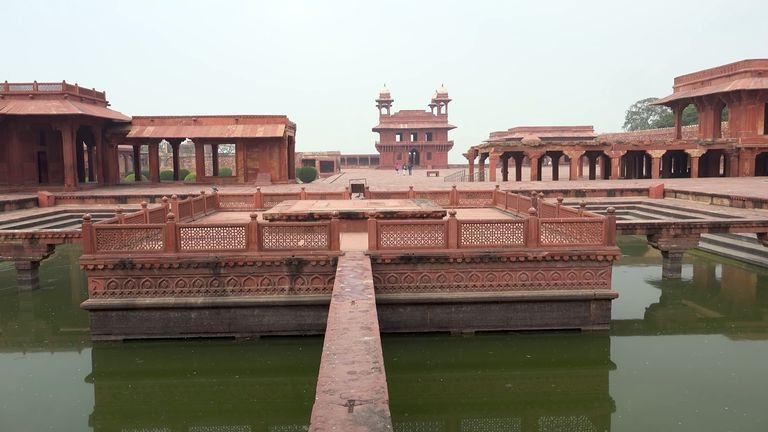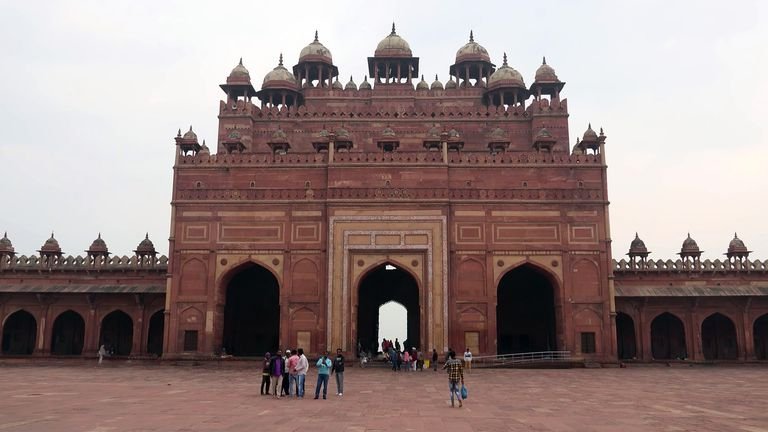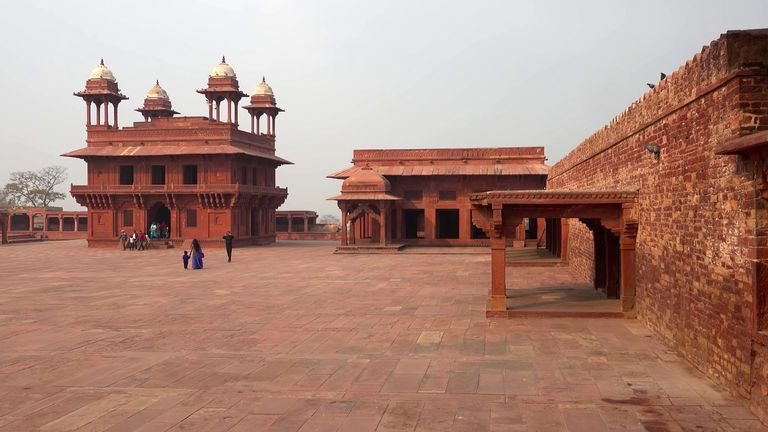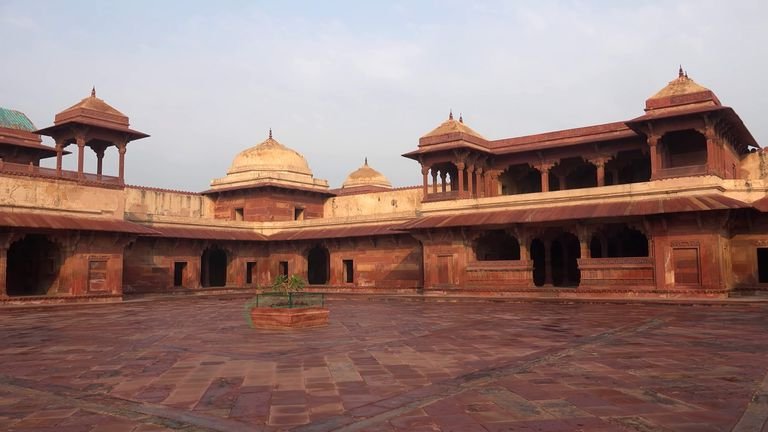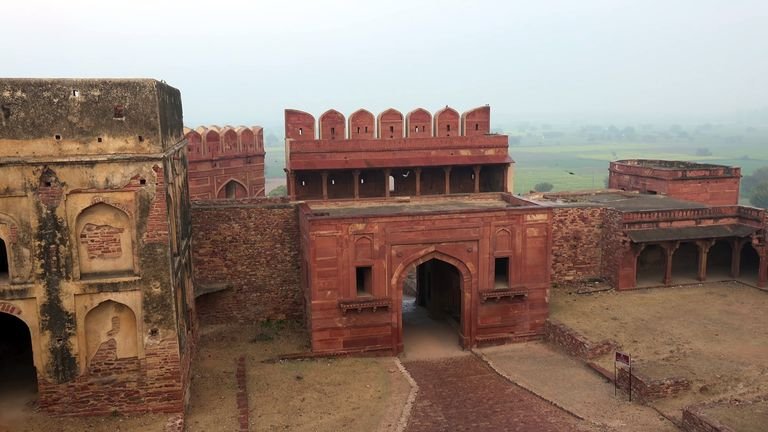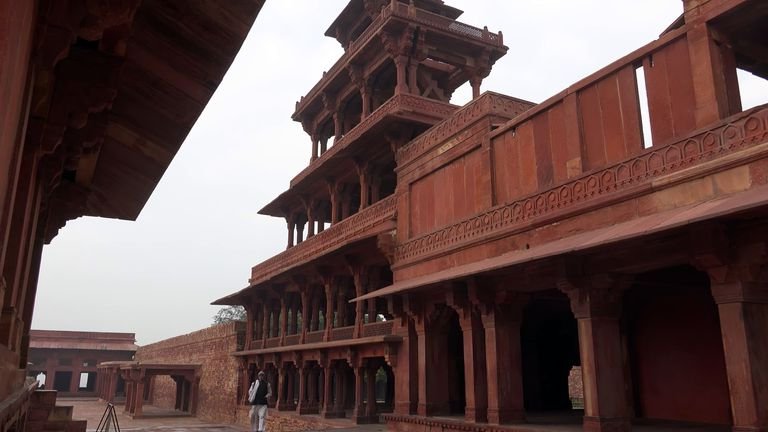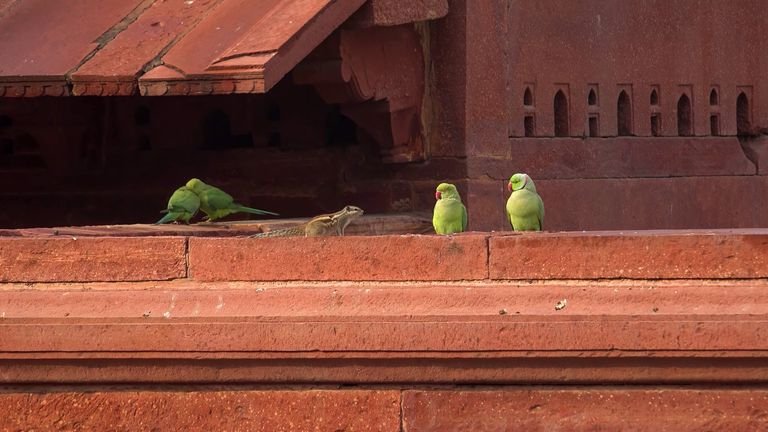Assalamu Alaikum |
|---|
I hope you are all well. By the grace of God in your prayers, I am also well.I will discuss with you a few brief conversations with my uncle. I love to travel. I like to travel to these places. I would like to share with you what I have learned from the trip
The "Victory City", completed in 1586, is located about 35 km from Agra. It is located on a low hill in the Vindhya mountains, the creator of this temple was the Mughal king Akbar.
During Akbar's reign, it was a small village inhabited by stone masons and was the home of Sheikh Selim Chishti, a Muslim astrologer and Sufi saint.
The city was then strategically located in Rajasthan, which brought Akbar and his forces closer to the Gujarat region, whose coastal cities were ideal starting points for trade with Arab lands.
Jame Masjid Masjid
The main monument of the holy part is the Jame Mosque (Jame Mosque) Mosque, the oldest built part of the whole complex and there is a beautiful marble tomb of Selim Isti in the courtyard of the mosque.
Tomb opposite to Selim Isti
It differs in terms of architecture and color, as it has lots of red and its shades and is made of white marble.Numerous pilgrims come here to ensure their prosperity and happiness by hanging a ribbon on the door of the tomb and praying.
Panchamahal like a house of cards
It is a unique architectural structure reminiscent of a five-story house of cards under construction. Each floor in succession was getting smaller and more like a tent for the architectural elements of northern India, based on four pillars and given a dome-covered crown called an “umbrella”.
Source
Source
Today, the city is one of the major tourist attractions in India, but due to its location, it is impossible to capture a clear and iconic image of the city in the camera viewfinder, as in the case of the Taj Mahal. Fatehpur Sikri is very big and decentralized, so when you travel around it you get the idea that the city is changing.
The building material, like many Indian cities, was of course a characteristic rust-colored local sandstone. The complex, Fatehpur Sikri, is full of spacious courtyards, spacious squares and open pavilions, which are clearly divided into two parts - secular and sacred.
There are many canals, ponds and reservoirs that were there to cool down enough. The city is an excellent example of the combination of many styles of architecture, including Muslim, Hindu and Persian.
| Canon | Rebel T3i |
|---|---|
| Model | 600D |
| Photography | @rabbani71 |

❣️ Eid Mubarak ❣️
🔥 Thanks everyone 🔥


